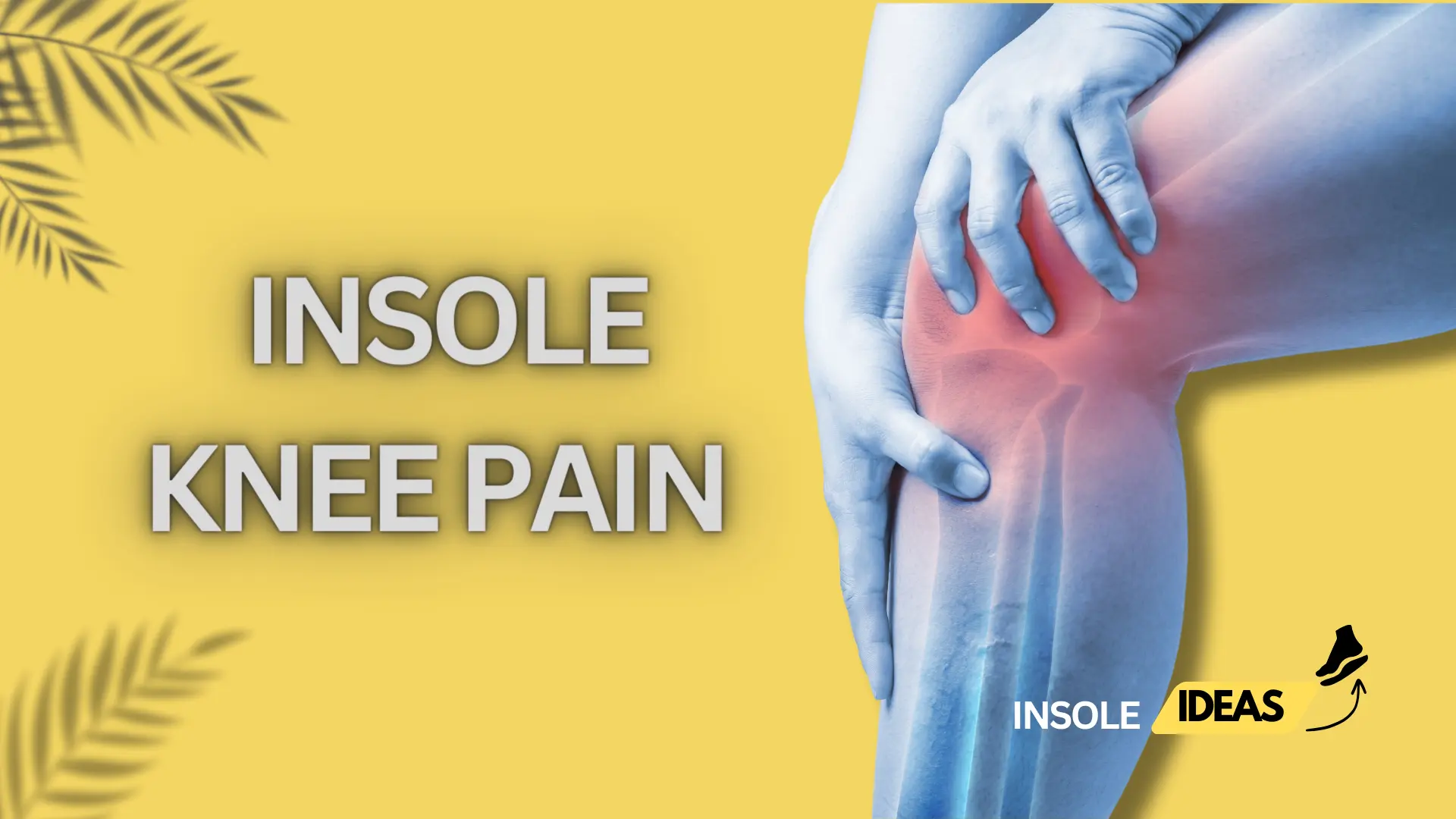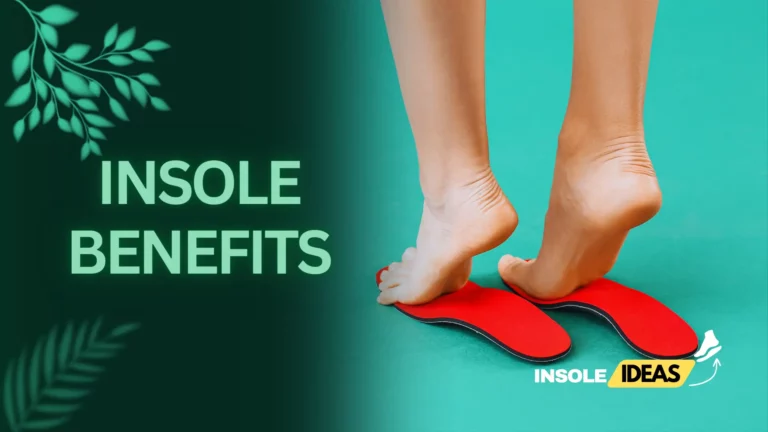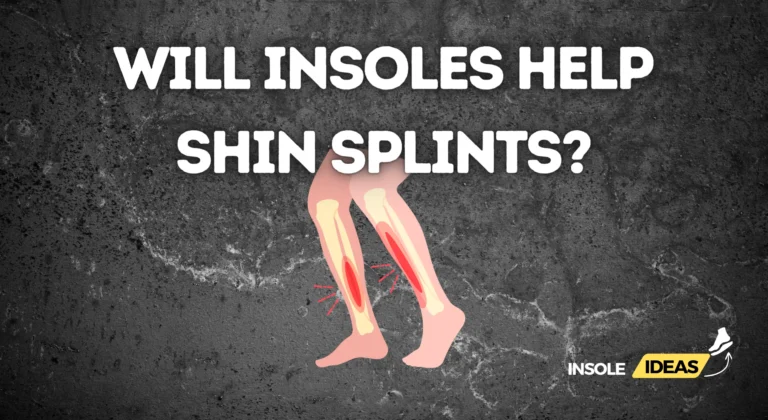Insoles in Alleviating Knee Pain
Insoles play a significant role in addressing knee pain by providing support and cushioning to the feet, thereby influencing the alignment and function of the entire lower body.
Explanation of Insoles and Their Function
Footbeds, shoe inserts, or insoles are supporting devices that are inserted inside shoes to give the feet more comfort, support, and alignment. These come in various materials and designs tailored to address specific foot conditions or types of discomfort.
How Insoles Can Help with Knee Pain
Insoles work by redistributing pressure, absorbing shock, and providing stability to the feet, which in turn affects the alignment and stress on the knees. By offering support to the arches or cushioning impact, insoles can alleviate strain on the knees, reducing discomfort and pain.
Types of Insoles Available
Cushioning Insoles: These are designed to absorb shock and reduce impact during walking or running, lessening the stress on the knees.
Arch-Support Insoles: Intended for individuals with flat feet or high arches, these insoles provide additional support to the arches, promoting proper alignment that can indirectly affect knee pain.
Custom Orthotic Insoles: These are personalized insoles crafted based on an individual’s foot shape and biomechanics. They offer tailored support and can significantly aid in addressing knee pain by correcting specific issues.
Research and Evidence Supporting the Use of Insoles for Knee Pain Relief
Several studies have highlighted the efficacy of insoles in reducing knee pain, especially in cases related to biomechanical issues or improper foot alignment. Research demonstrates that appropriate insole use can lead to improved comfort, reduced pain levels, and enhanced functionality for individuals experiencing knee discomfort.
Choosing the Right Insoles for Knee Pain
Selecting the appropriate insoles for knee pain involves considering various factors to ensure they effectively address the specific issues causing discomfort.
Factors to Consider When Selecting Insoles
Type and Cause of Knee Pain: Understanding the root cause of knee pain, whether it’s due to overuse injuries, structural misalignment, or other conditions, helps in choosing the most suitable insole type.
Foot Arch Type and Foot Mechanics: Individuals with flat feet, high arches, or pronation issues require different types of insoles that cater to their specific foot mechanics, offering the right support and alignment.
Shoe Type and Activity Level: The type of shoes the insoles will be used in, as well as the level and type of activity the individual engages in, influence the choice of insoles. For example, running shoes might require different insoles compared to everyday footwear.
Consulting a Healthcare Professional for Personalized Recommendations
Consulting with a medical expert, such as an orthopedic doctor or podiatrist, is essential if you want specific recommendations on the best insoles. These experts can assess foot structure, gait patterns, and the severity of knee pain to recommend the best insole options.
Tips for Using Insoles Effectively
Using insoles effectively involves more than just inserting them into shoes. Proper fitting, adjustment, and gradual adaptation are key to maximizing their benefits

Proper Fitting and Adjustment
Ensuring that the insoles fit correctly within the shoes is essential. They should provide ample support without being too tight or loose, and they should cover the entire footbed area for uniform support. Adjustments might be necessary initially to achieve the right fit.
Gradual Adaptation and Usage
When starting to use new insoles, a gradual adaptation period is advisable. Begin by wearing them for short periods, allowing the feet and body to adjust to the new support. Gradually increase the duration of wear as comfort and tolerance improve.
Combining Insole Use with Other Treatments or Exercises
Insoles are often part of a multifaceted approach to managing knee pain. They work synergistically with other treatments or exercises recommended by healthcare professionals. Strengthening exercises, stretching routines, or physical therapy might complement the effects of insoles in addressing knee discomfort.
Potential Limitations and Considerations
While many people with knee discomfort find relief with insoles, there are some situations where their usefulness may be restricted or where other factors must be taken into account.
Instances Where Insoles Might Not Be Effective
In some cases, knee pain might not solely stem from foot-related issues. Conditions such as severe osteoarthritis, ligament injuries, or structural abnormalities in the knee itself might not be significantly alleviated by insoles alone. Additionally, if the insoles are not properly matched to the individual’s needs or if there are underlying medical conditions, their effectiveness could be reduced.
Risks or Drawbacks Associated with Insole Use
Improperly fitting insoles or using the wrong type can potentially exacerbate discomfort or cause additional problems. They might alter gait patterns if not suited to an individual’s biomechanics, leading to discomfort in other areas of the body. Moreover, relying solely on insoles without addressing underlying issues might mask problems rather than resolve them.
Importance of Seeking Professional Advice
Given the complexities of knee pain and its relationship to foot mechanics, seeking professional advice is crucial. Healthcare professionals can provide a comprehensive assessment, ensuring that the chosen insoles address the specific issues contributing to knee discomfort.
Conclusion
Insoles serve as valuable aids in managing knee pain by addressing foot-related issues that can contribute to discomfort. However, their effectiveness relies on proper selection, fitting, and consideration within a broader treatment plan.
Benefits of Using Insoles for Knee Pain
Insoles offer cushioning, support, and alignment correction, contributing to reduced pressure on the knees. They distribute weight more evenly and absorb shock, easing discomfort and enhancing comfort during daily activities.
Guidance for Individual Cases
Individual differences in foot structure, gait patterns, and underlying conditions necessitate personalized recommendations. Seeking guidance from healthcare professionals ensures that the chosen insoles cater to specific needs, maximizing their effectiveness in addressing knee pain.




One Comment